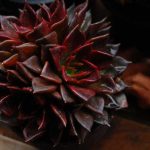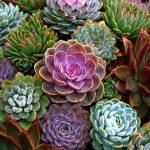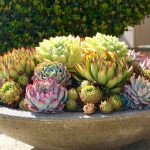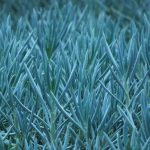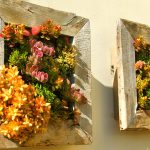Transform your succulent collection with the striking Echeveria Black Prince. Gain insights from gardening enthusiast Rachel Garcia on the optimal practices for growing and nurturing this captivating plant.
Indulge in the captivating allure of Echeveria ‘Black Prince,’ a diminutive succulent that exudes an air of drama in any garden setting. Its dark, almost black foliage creates a bold statement amidst a backdrop of lush greenery, making it an ideal addition to contemporary gothic-inspired indoor and outdoor landscapes.
The rosettes of the Black Prince feature spiraling, wide, and pointed leaves that darken to a rich purple, occasionally appearing almost black as they mature, their hue intensifying with varying levels of sunlight exposure.
Hailing from Mexico, the Echeveria genus boasts numerous hybrids, with ‘Black Prince’ being a cross between Echeveria affinis and shaviana. With the right care, this hybrid thrives equally well indoors and out.
Plant Overview
|
Plant Type Succulent Family Crassulaceae Genus Echeveria |
Species Echeveria ‘Black Prince’ Exposure Full sun to partial shade Height 5-10″ |
Watering Requirements Low Maintenance
Light
Low
Soil Type
Succulent Mix |
Discovering Echeveria ‘Black Prince’


Echeveria ‘Black Prince’ matures to produce striking red flowers in late fall, supported by tall leafed stems emerging from the rosette center, potentially attracting hummingbirds to your garden.
These succulents thrive outdoors in USDA Zones 9-11. In colder zones, they prefer a sunny windowsill. The growth period of this dark succulent occurs slowly from spring to fall.
For rock garden planting, opt for light-colored rocks to contrast with the dark leaves. In containers, ensure the soil level is high enough to display the low-growing succulent beautifully.
Planting Guidelines
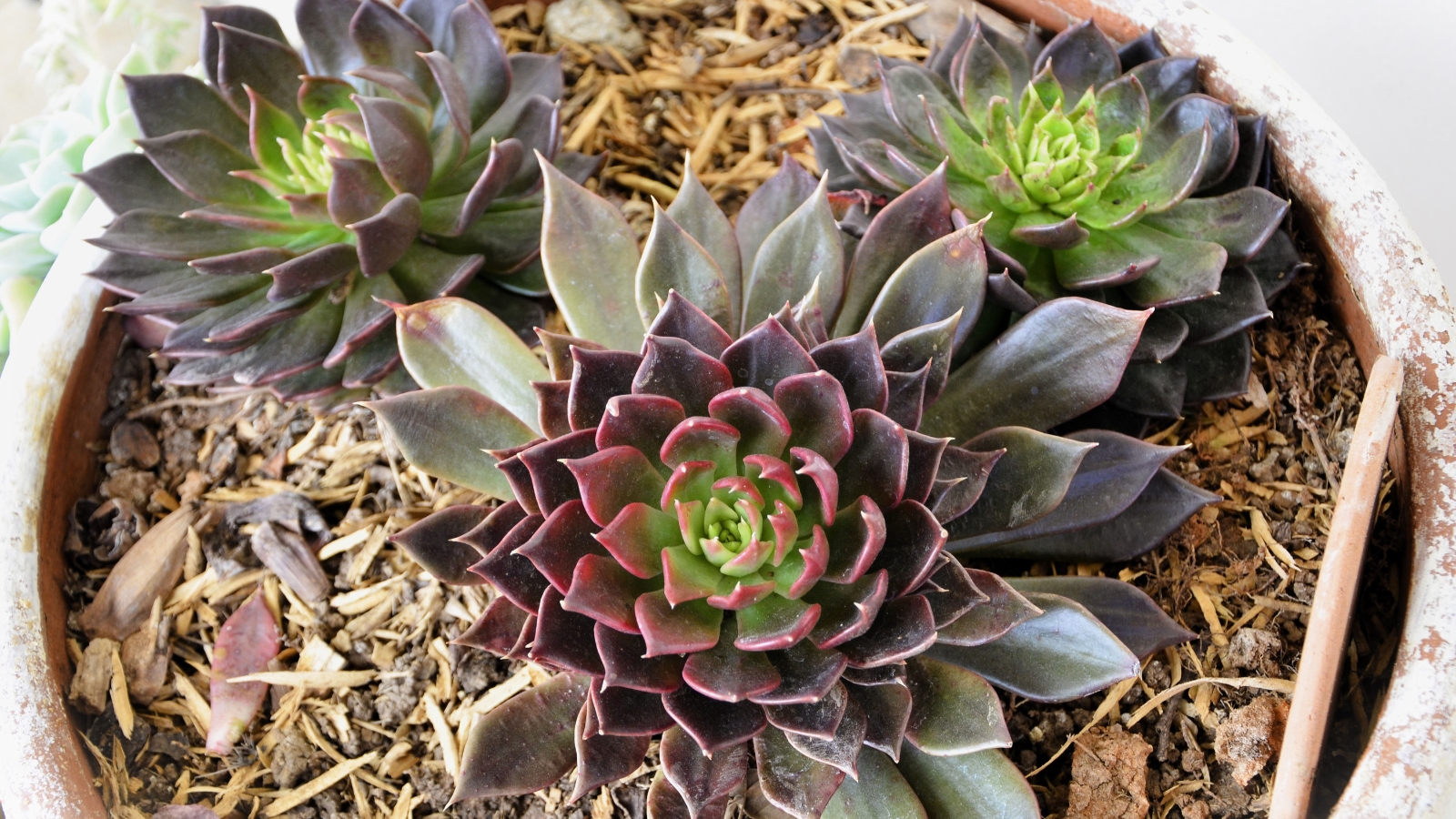

Typically cultivated in containers for winter protection, Echeveria ‘Black Prince’ begins with a well-draining succulent mix or a blend of potting soil and coarse sand or perlite.
Opt for a pot with drainage holes to avoid waterlogging. Fill it with the soil mix, create a small hole in the middle for the root ball, position the plant ensuring the base aligns with the soil top, and gently pack soil around the base for stability post-planting.
Allow a few days for the plant to settle before watering, and place the pot in a sunlit spot. Ensure it receives adequate light to maintain its rosette shape without leaf scorching.
Cultivation Steps
Echeveria ‘Black Prince’ is a low-maintenance succulent that thrives once its care requirements are met.
Sunlight Requirements
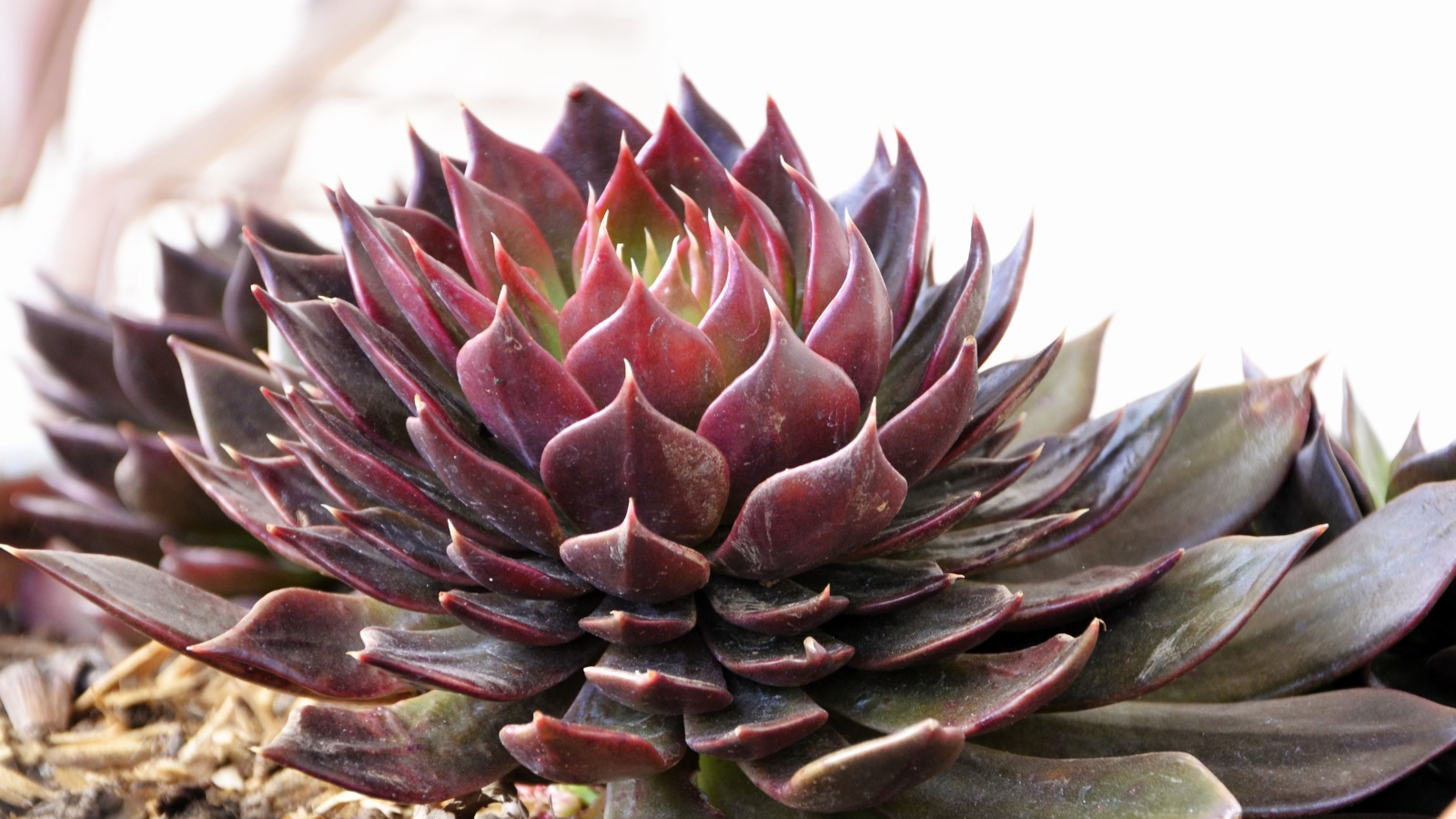

To prevent sunburn, it’s essential to find a balance in the light exposure. Try to place your Echeveria in a location that receives ample morning sun and partial shade or indirect light in the afternoon.
Indoors, position your Black Prince near south-facing windows, especially in the Northern Hemisphere, to provide sufficient sunlight.
Water

Due to its native desert environment, Echeveria ‘Black Prince’ should only be watered when the soil is entirely dry.
During the spring and summer, increase watering frequency, reducing it during the winter. Watch the leaves for signs – mushy leaves indicate overwatering, while withered or wrinkled leaves signal the need for hydration.
Ensure to water at the plant’s base to avoid keeping the leaves constantly wet, which could lead to rot.
Soil

Opt for a gritty, well-draining soil mix, such as those designed for succulents, for optimal growth of your Black Prince. Alternatively, create a blend by combining equal parts soil, perlite, or sand.
Temperature & Humidity
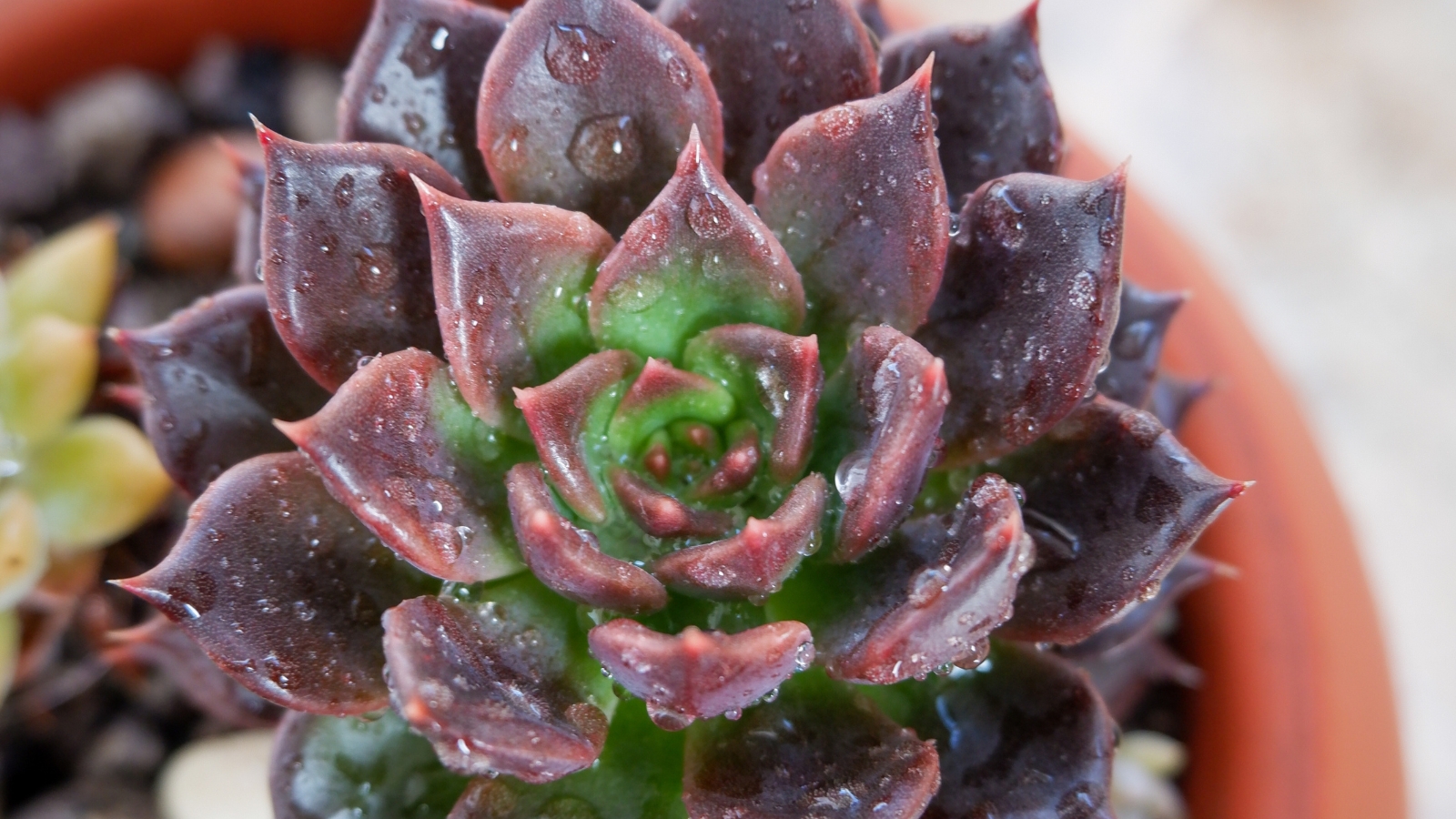
Echeveria ‘Black Prince’ can survive light frost but should not be exposed to temperatures below 20°F (-7°C) for long periods to avoid growth issues. In colder regions, consider bringing your plant indoors during winter.
Fertilizing
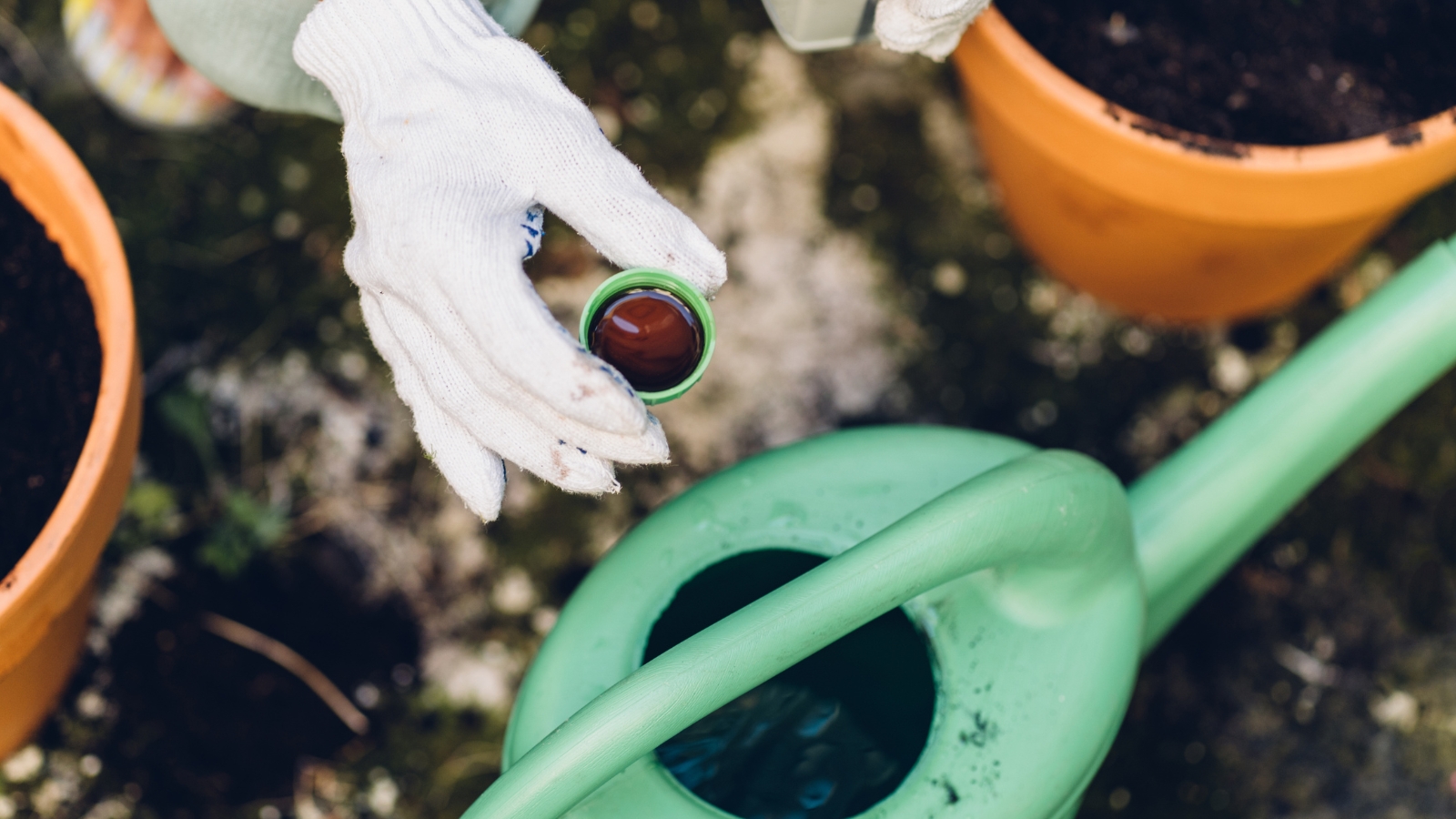

If you decide to enhance the growth of your succulent, a liquid fertilizer is a suitable option for Echeveria ‘Black Prince’. When using fertilizer, ensure it is diluted to half or a quarter strength with low nitrogen content.
For optimal results, fertilize during the warmer seasons of spring and summer, but be cautious not to overdo it as excessive fertilization can lead to leaf burn issues.
Maintenance
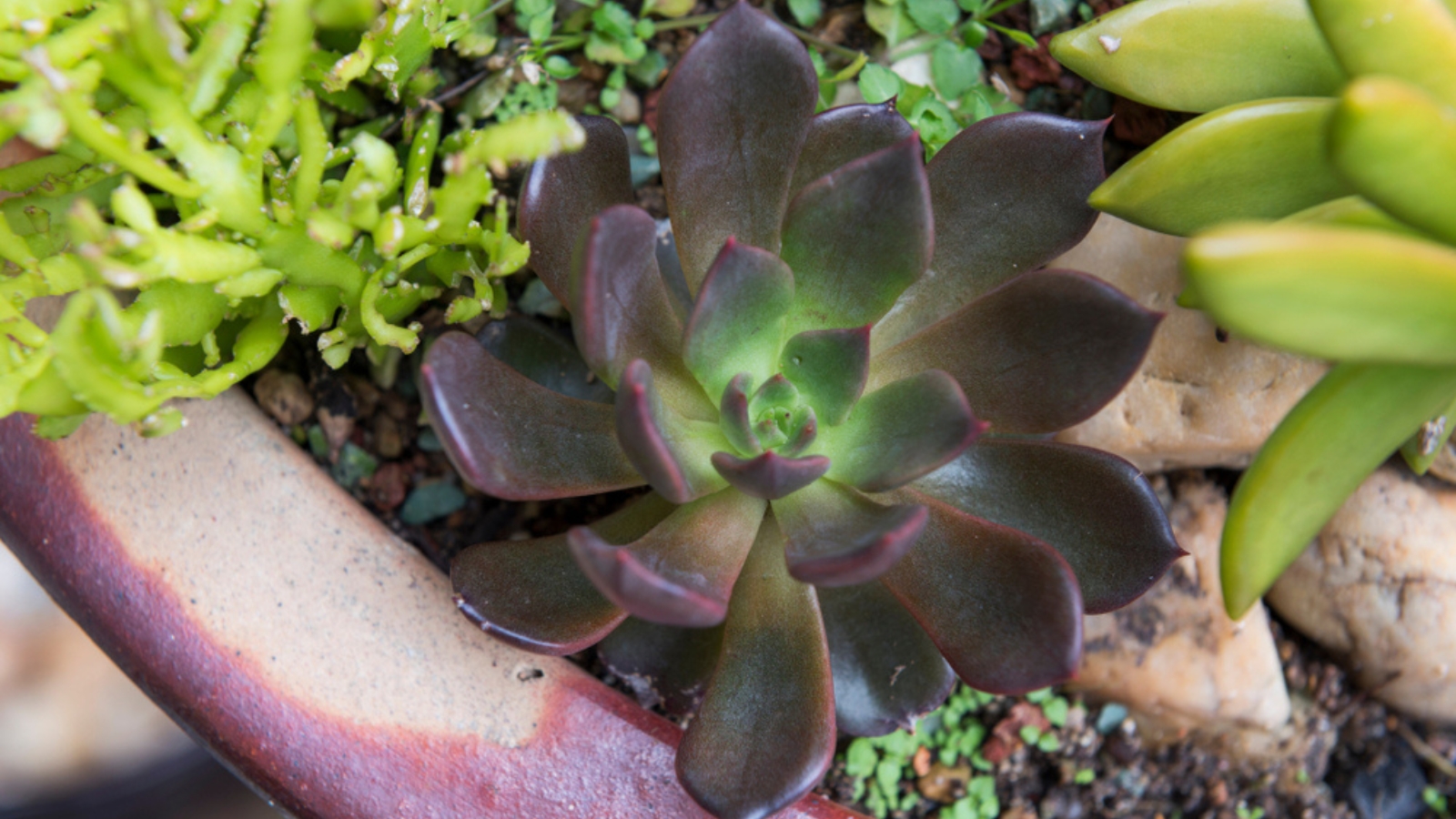

While the Black Prince succulent typically remains small, you may eventually need to transfer it to a bigger pot. When repotting, ensure the soil is dry to easily separate the roots.
After replanting, allow the soil to stay dry for a few days. This period helps the roots to establish and heal, reducing the risk of rot.
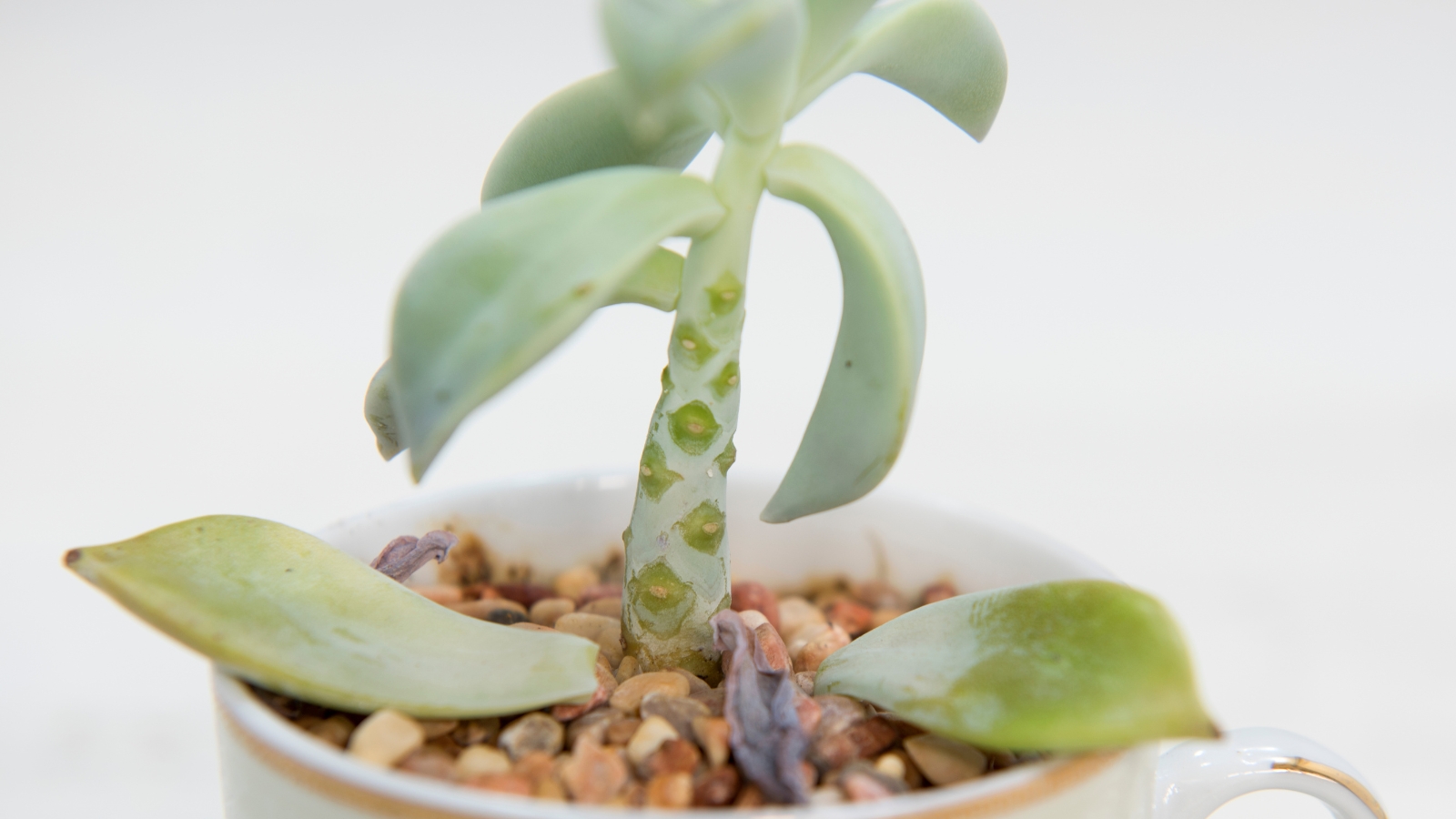

If the leaves on your Black Prince start to fall, refrain from overwatering. While old leaves shedding is part of the succulents’ cycle, continuous leaf loss may indicate excessive moisture. To prevent this, water sparingly and ensure the soil is dry before repotting.
Etiolation


Watch out for etiolation, which occurs when your Black Prince’s stem elongates due to insufficient sunlight. To rectify this, behead the rosette and propagate from it to maintain its shape.
Pests
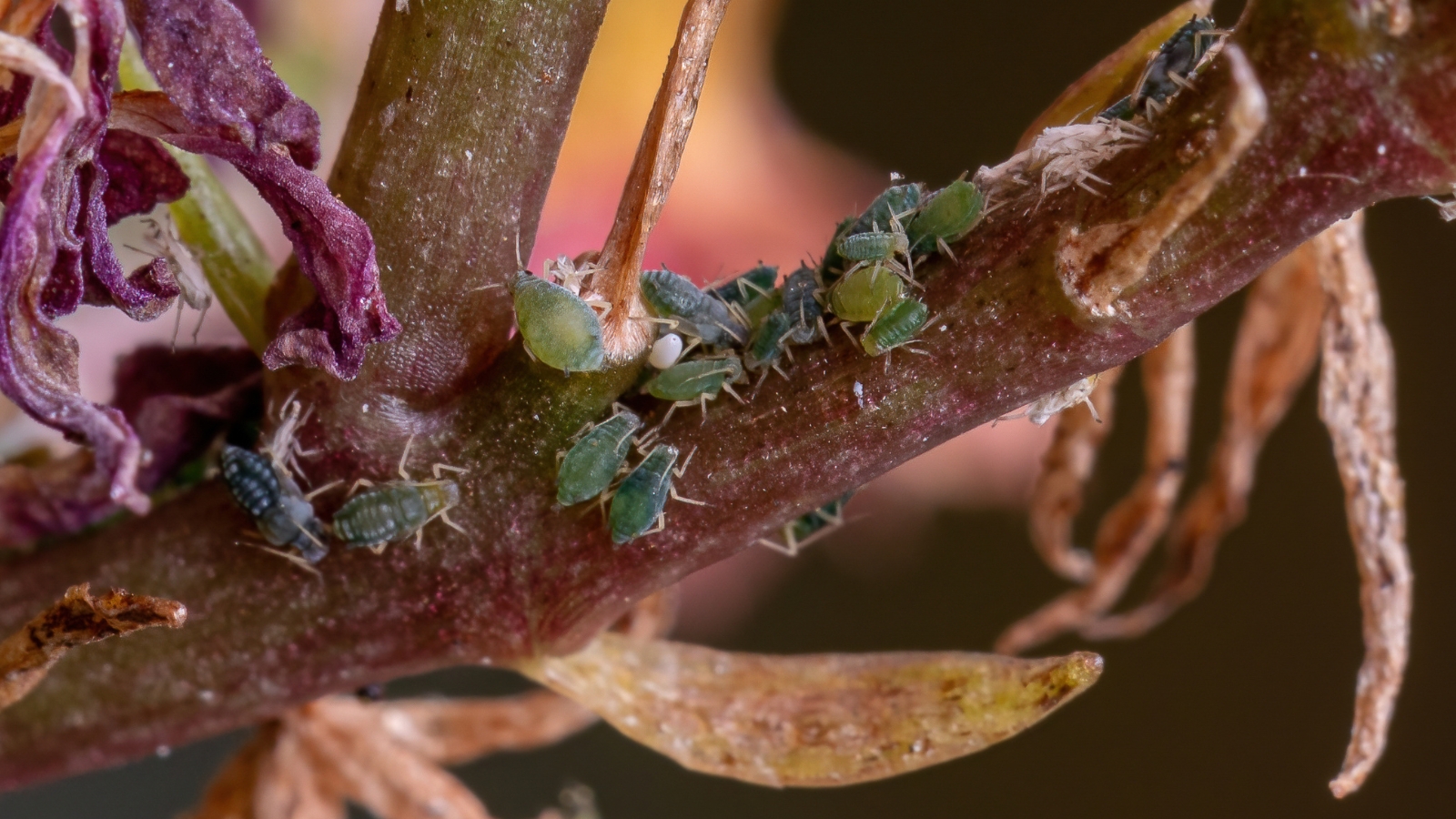

Ensure your Black Prince remains dry and free of dead leaves to prevent infestation. In case of pest presence, below are common pests and their removal methods.
Mealybugs are small, white insects that seek succulent sap. They reproduce in cotton-like sacs, attracting ants with the honeydew they secrete. Remove them using alcohol-soaked cotton buds, insecticidal soap, mycoinsecticide, neem oil, or beneficial insects like ladybugs and lacewings.
Aphids, another common issue, also feed on sap leaving a sooty mold with their honeydew. Combat aphids with insecticidal soap, orange guard spray, beneficial insects, diatomaceous earth, or neem oil.
Diseases
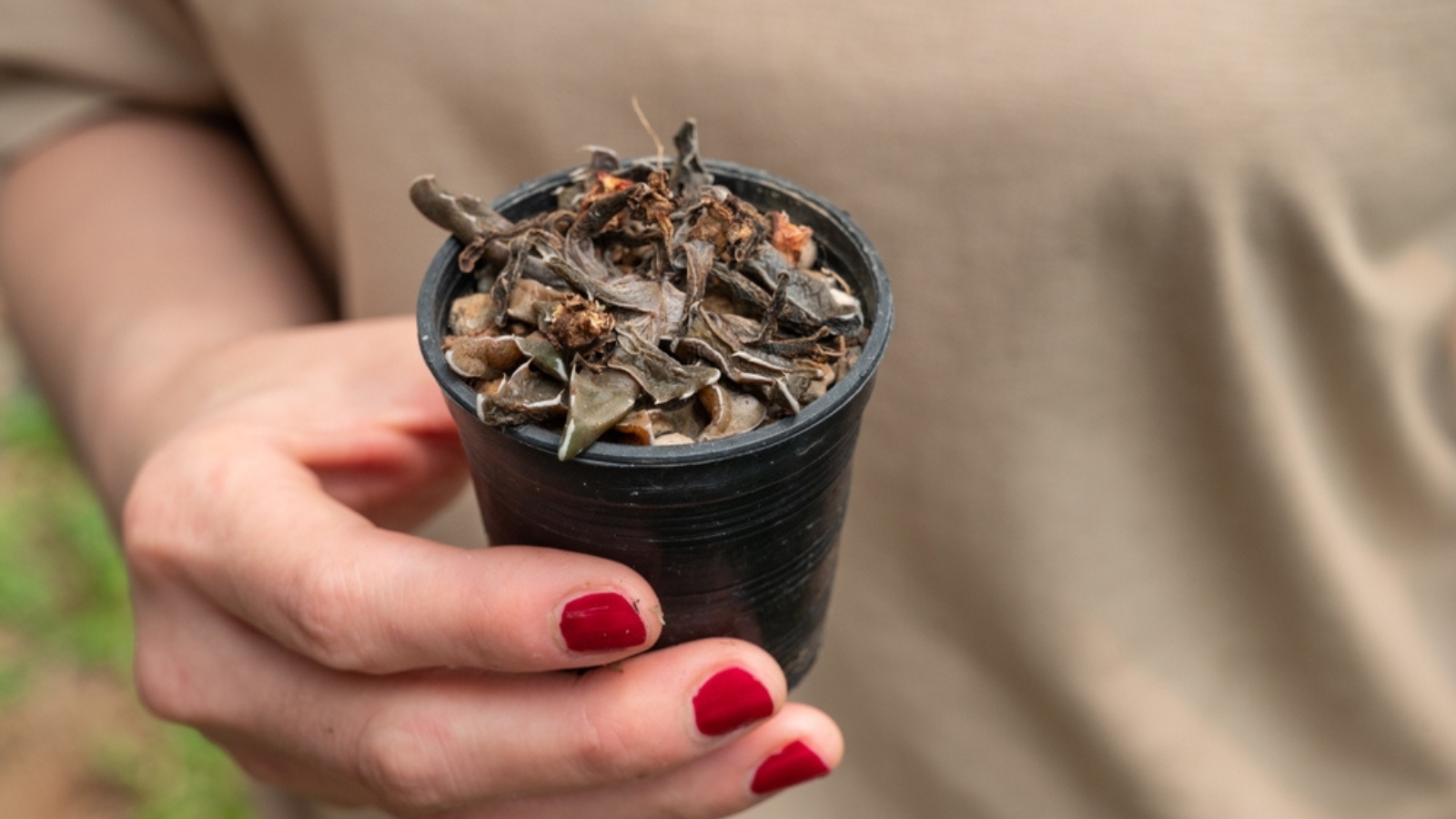

Guard your Echeveria ‘Black Prince’ from potential diseases like root rot, which arises from excessive moisture. Regularly inspect the plant to prevent or address any such issues promptly.
If the succulent remains consistently wet, expect sections of the roots, stem, and leaves to darken into a black or brown mushy texture.
Immediate action is crucial once rotting is noticed. Extract the Black Prince from the soil, eliminate all affected parts, then allow the plant to dry out for several days. Replant it in fresh, dry soil, and withhold watering for a few more days. Going forward, practice caution with watering to prevent recurrence.
Frequently Asked Questions
Curious about the difference between ‘Black Prince’ and ‘Black Knight’?
Black Knight features long, slender leaves, while Black Prince showcases wide, almost circular leaves. The Black Prince rosette typically appears more open than that of the Black Knight. In terms of color, Black Knight boasts the darkest hue.
Wondering about black spots on your Echeveria ‘Black Prince’?
The black spots may just be sunburn; relocate the plant from direct sunlight and heat to prevent further damage. If the spots feel mushy, they could indicate rot.
Concerned about the toxicity of Echeveria ‘Black Prince’?
Rest assured, this succulent is non-toxic to both pets and humans.
Final Thoughts
For an infusion of drama in your garden, Echeveria ‘Black Prince’ is an excellent choice. Not only does it exude a dark and moody vibe, but it also demands minimal upkeep.

